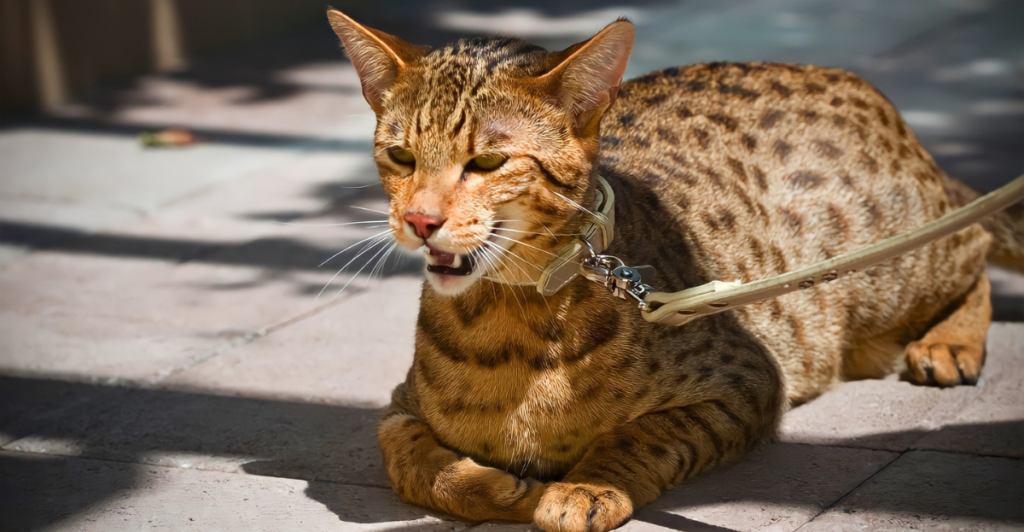
In the realm of luxury, some individuals extend their opulence to the animal kingdom, acquiring exotic pets that come with staggering price tags. These creatures, ranging from rare felines to unique reptiles, are not just pets but symbols of status and wealth.
Owning such animals often involves navigating complex legalities, specialized care, and ethical considerations. The allure lies not only in their rarity but also in the prestige associated with their ownership.
This article delves into nine of the most expensive exotic pets globally, exploring what makes them so coveted and the responsibilities that come with their ownership.
1. White Lion Cubs
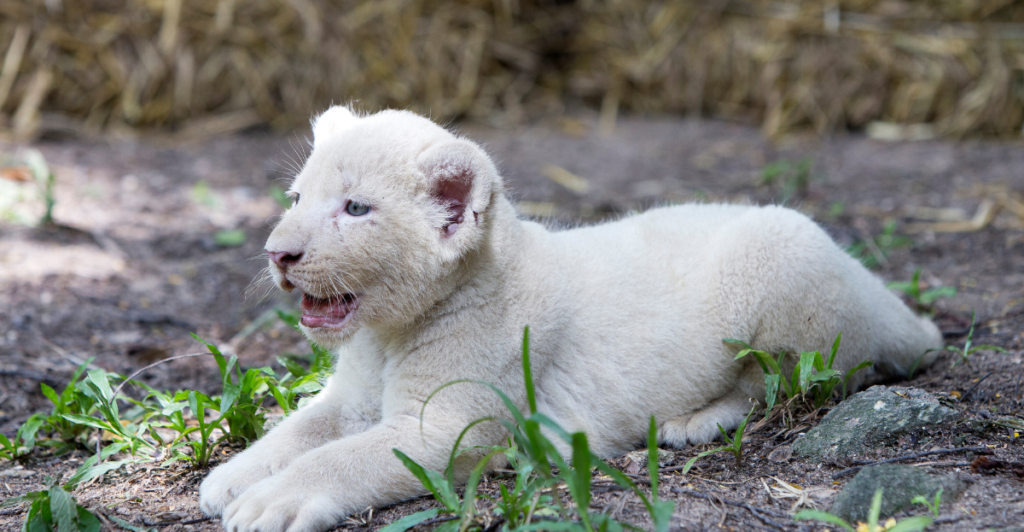
White lion cubs, native to South Africa’s Timbavati region, are prized for their rare coloration caused by a recessive gene. Their striking appearance has made them highly sought after, with prices reaching up to $140,000.
These majestic animals require extensive care, including specialized diets and large enclosures that mimic their natural habitat. Potential owners must also consider the ethical implications and legal restrictions associated with keeping such wild animals.
Their rarity and the challenges of captivity contribute to their high cost, making them a symbol of luxury and exclusivity.
2. Tibetan Mastiff

The Tibetan Mastiff, known for its imposing size and thick fur, is one of the most expensive dog breeds. In 2014, a red Tibetan Mastiff was reportedly sold for $1.9 million in China.
Originally bred to guard livestock in the Himalayas, these dogs are valued for their loyalty and protective nature. Their rarity and status as a symbol of wealth in certain cultures have driven their prices to astronomical levels.
Owning a Tibetan Mastiff requires ample space, proper training, and a commitment to their grooming and health needs.
3. Palm Cockatoo
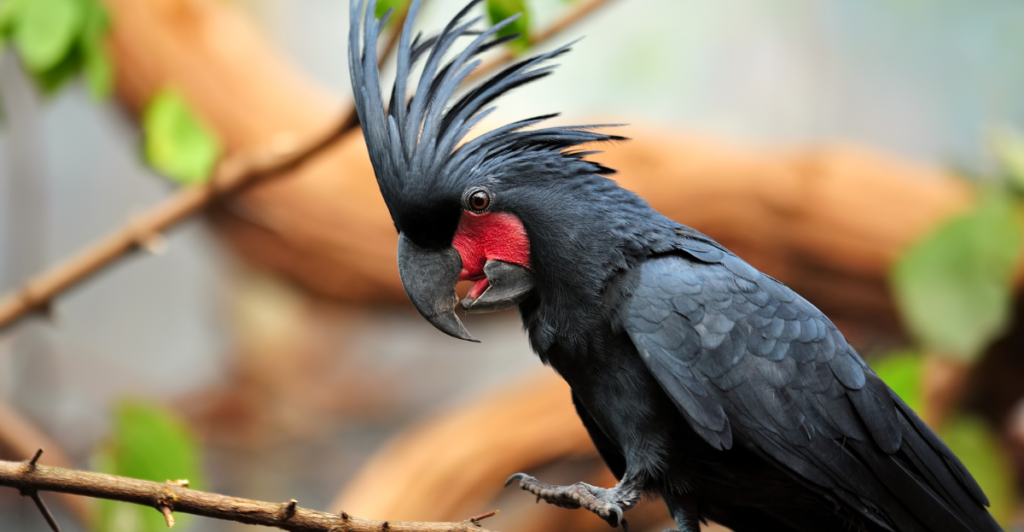
The Palm Cockatoo, native to New Guinea and northern Australia, is renowned for its striking black plumage and red cheek patches. These intelligent birds can cost up to $20,000.
They are known for their complex vocalizations and unique drumming behavior, using sticks to communicate, a rarity among birds. Their intelligence and distinctive appearance make them highly desirable among avian enthusiasts.
However, their care requires a significant commitment, including a large aviary, mental stimulation, and a specialized diet.
4. Savannah Cat
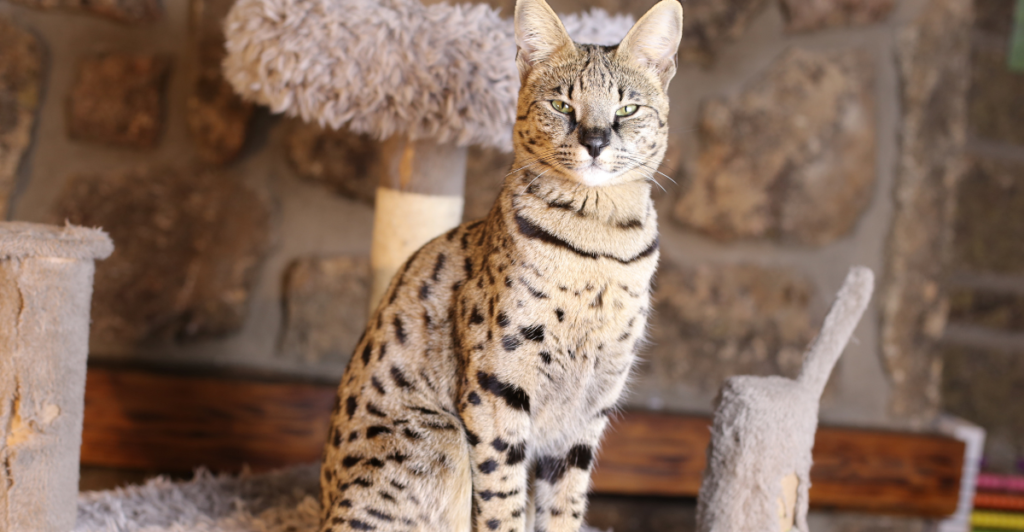
The Savannah Cat, a hybrid between a domestic cat and the wild African Serval, boasts a striking spotted coat and a playful demeanor. Prices for these exotic felines can reach up to $20,000.
Their energetic and intelligent nature requires ample space and stimulation. They are known for their loyalty, often forming strong bonds with their owners.
Due to their wild ancestry, owning a Savannah Cat may be restricted or regulated in certain regions, necessitating thorough research before acquisition.
5. Capuchin Monkey
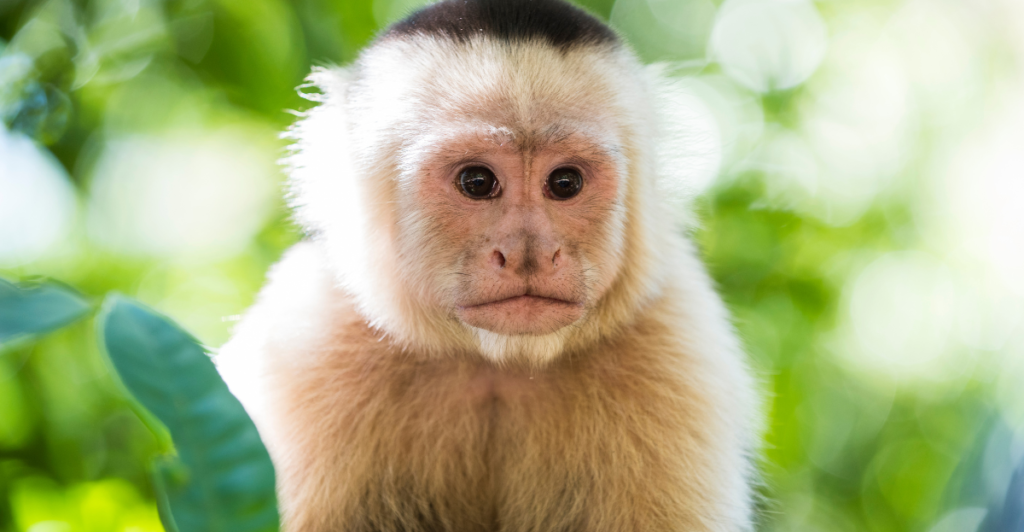
Capuchin monkeys, native to Central and South America, are known for their intelligence and dexterity. They have been popularized in media and are often kept as exotic pets, with prices ranging from $5,000 to $10,000.
These primates require extensive care, social interaction, and mental stimulation. Their complex needs and long lifespans make them a significant commitment.
Potential owners must also consider the legal and ethical implications of keeping primates as pets, as regulations vary widely.
6. Hyacinth Macaw
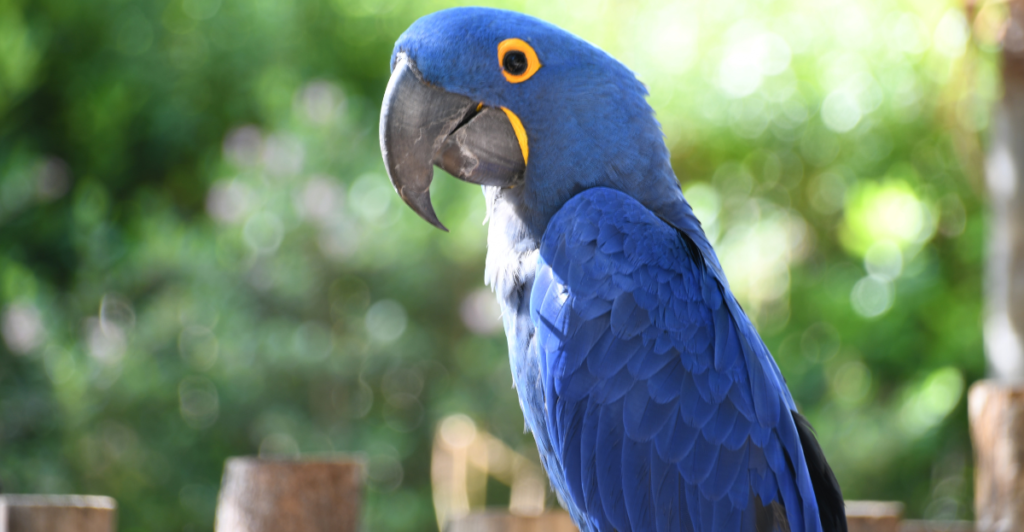
The Hyacinth Macaw, the largest flying parrot species, is native to central and eastern South America. Known for their vibrant blue feathers and strong beaks, these birds can cost up to $14,000.
They are highly intelligent and social, requiring significant attention and care. Their diet consists mainly of nuts, and they need spacious enclosures to accommodate their size and activity levels.
Due to habitat loss and illegal trapping, Hyacinth Macaws are considered vulnerable, and ownership may be subject to strict regulations.
7. Lavender Albino Ball Python
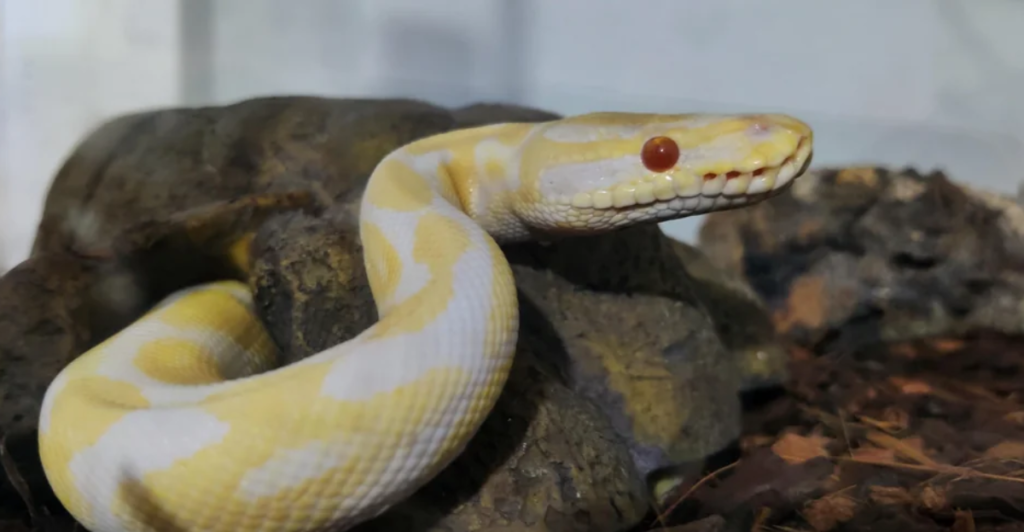
The Lavender Albino Ball Python is a rare morph known for its unique coloration, featuring lavender and yellow patterns with red eyes. These snakes can fetch prices up to $40,000.
Ball Pythons are generally docile and are popular among reptile enthusiasts. However, rare morphs like the Lavender Albino require specialized breeding, contributing to their high cost.
Proper care includes maintaining specific temperature and humidity levels, as well as providing appropriate enclosures and diets.
8. Belgian Racing Pigeon
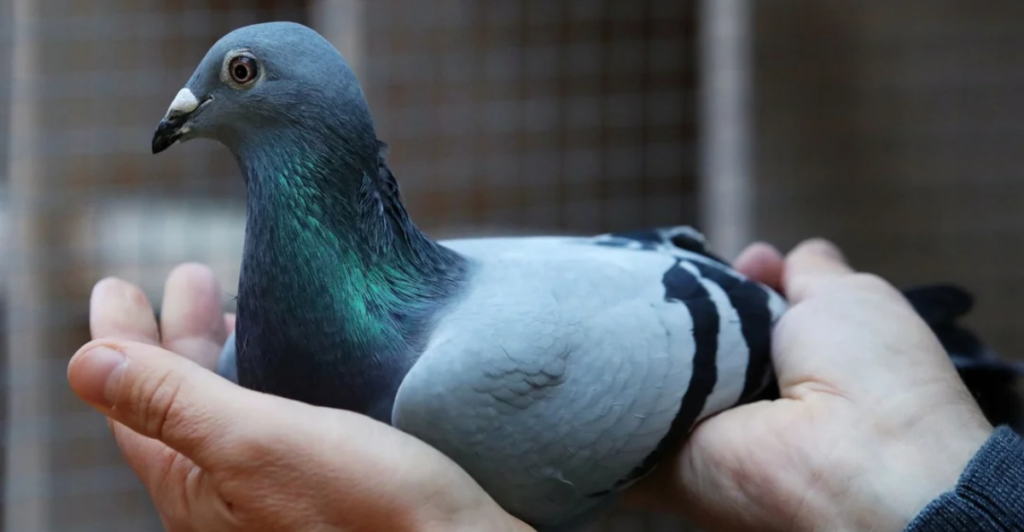
Belgian Racing Pigeons have become an elite obsession for collectors and competitive racers alike. These birds are trained from a young age and can travel at remarkable speeds across vast distances. One such pigeon, New Kim, was auctioned off for a jaw-dropping $1.9 million in 2020, setting a global record.
Their value stems from their genetics, training, and championship bloodlines. Enthusiasts treat top racers like prized athletes, often transporting them globally for major races and breeding programs. These pigeons are essentially the thoroughbreds of the bird world.
While they may look ordinary to outsiders, within the racing world, they’re revered for stamina, loyalty, and instinctive homing abilities.
Luxury, Wild Instincts, and Responsibility
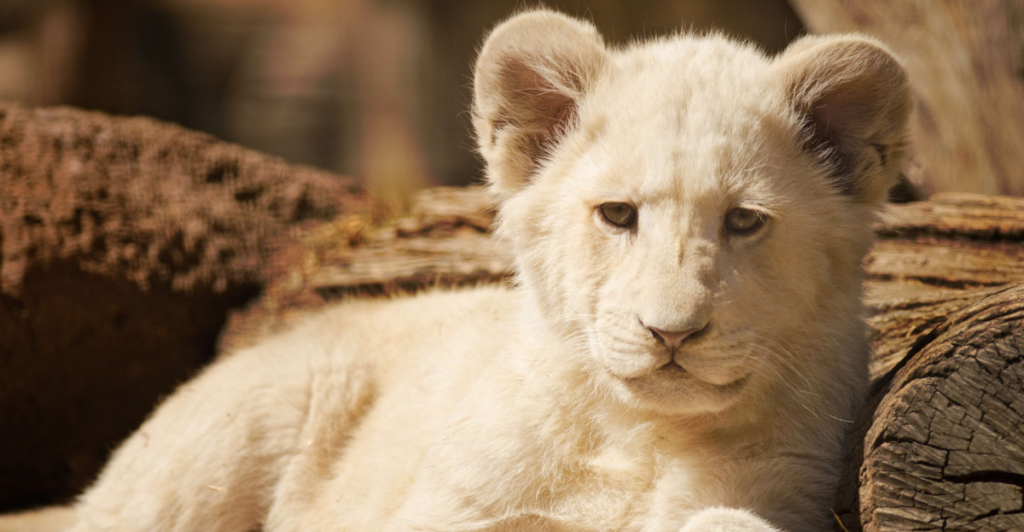
Exotic pets might be beautiful, fascinating, and absurdly rare, but they’re not just status symbols. Each one comes with a unique set of challenges, responsibilities, and ethical questions. From white lions to lavender snakes, these animals require more than money. They demand time, care, and serious consideration.
The allure of owning something rare and breathtaking is powerful. But before buying into the world of high-priced exotic companions, potential owners should be ready to meet their complex needs, and, ideally, prioritize conservation and responsible ownership.
Because in the end, it’s not just about what you can afford, it’s about what you can protect, respect, and truly care for.
Explore more of our trending stories and hit Follow to keep them coming to your feed!

Don’t miss out on more stories like this! Hit the Follow button at the top of this article to stay updated with the latest news. Share your thoughts in the comments—we’d love to hear from you!







